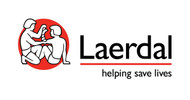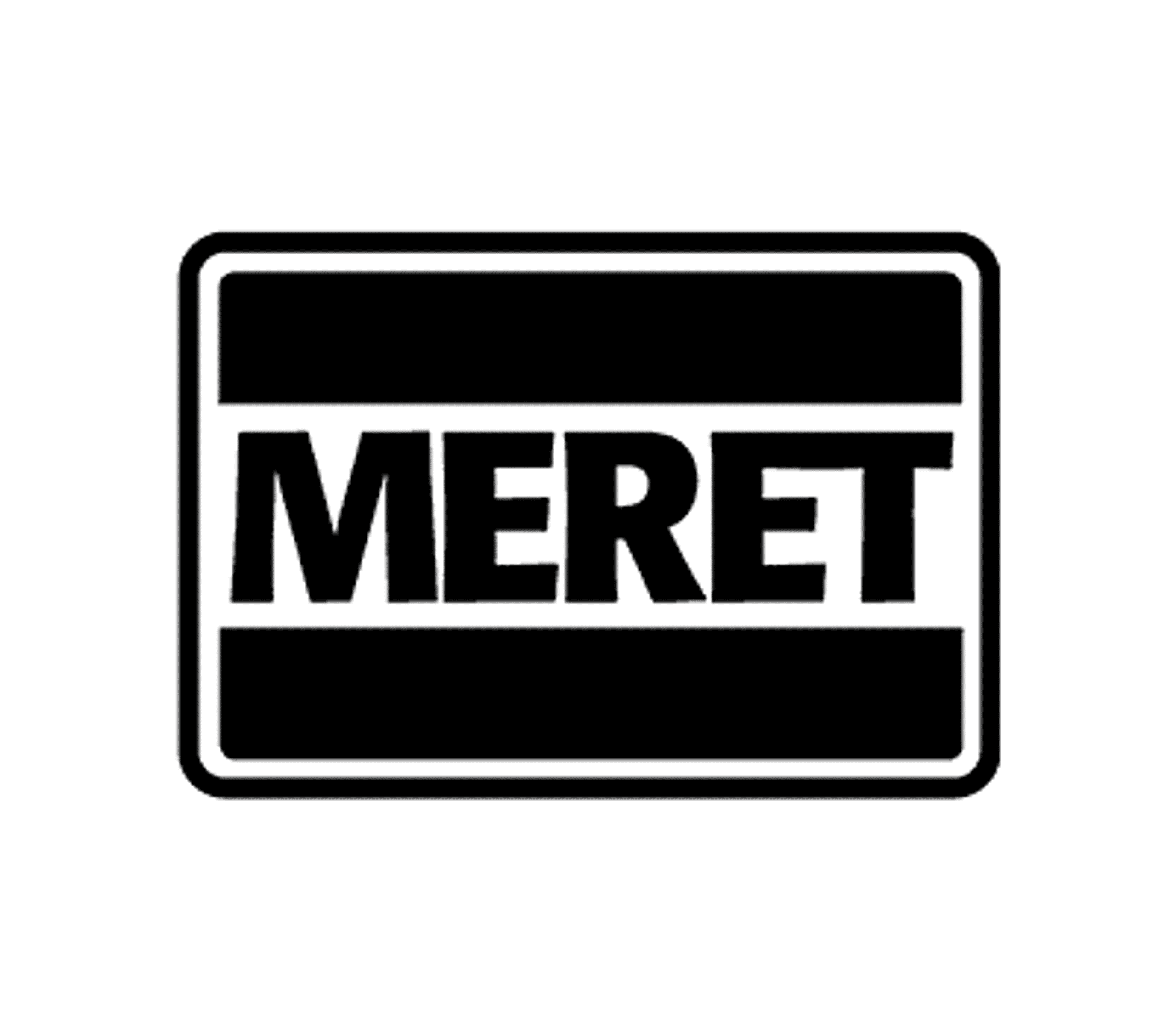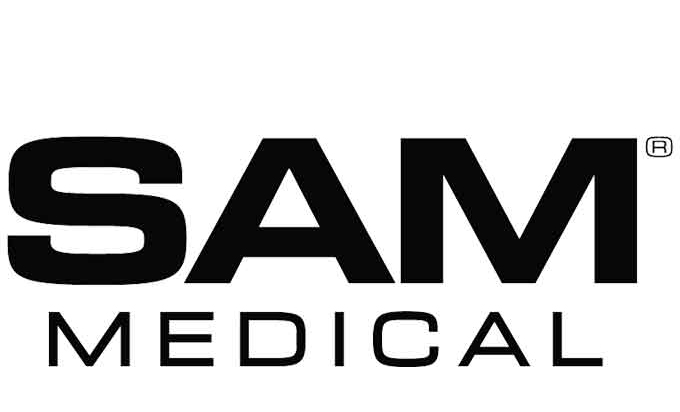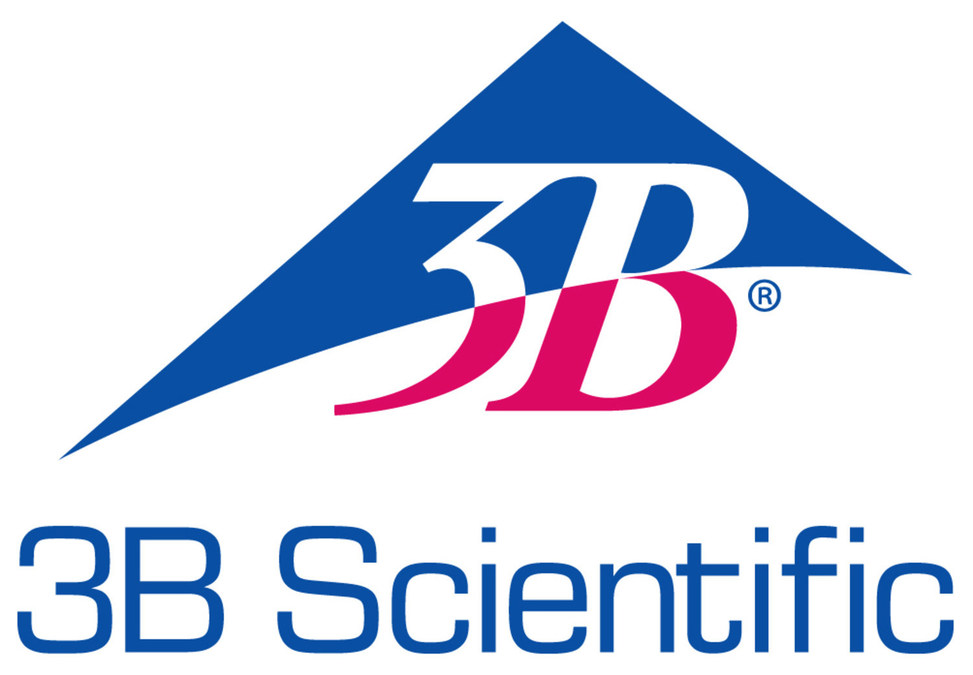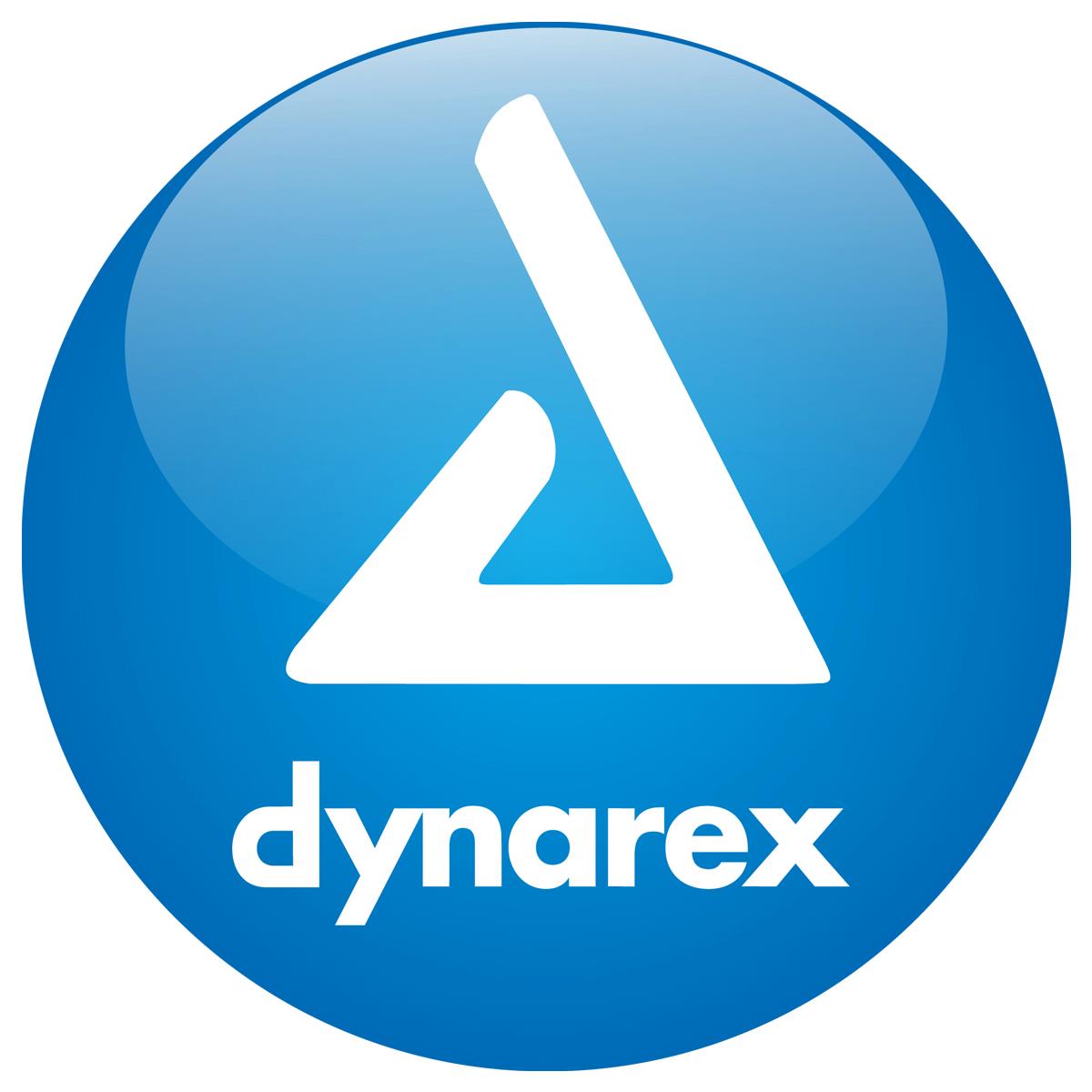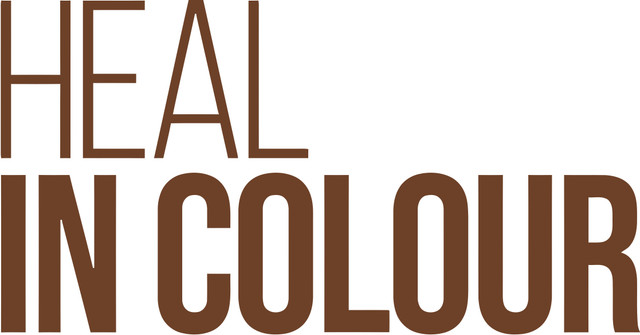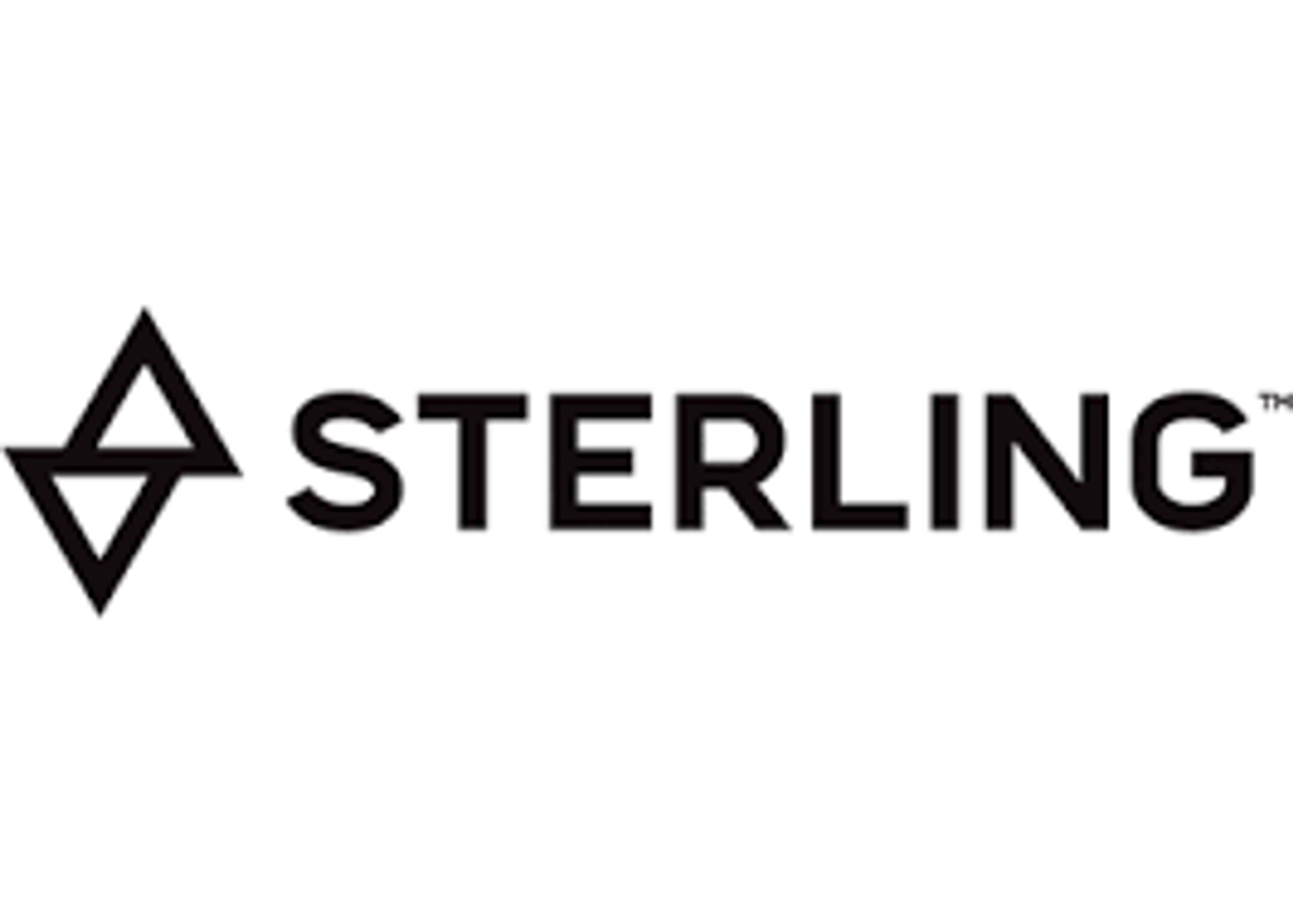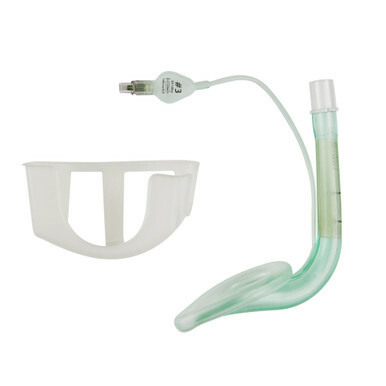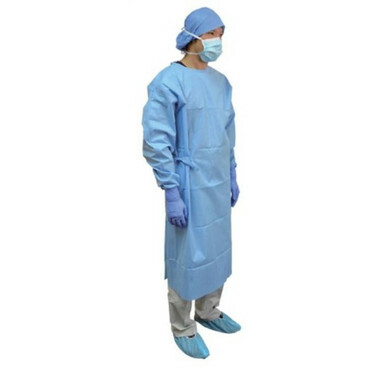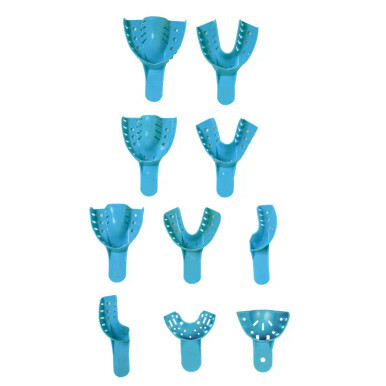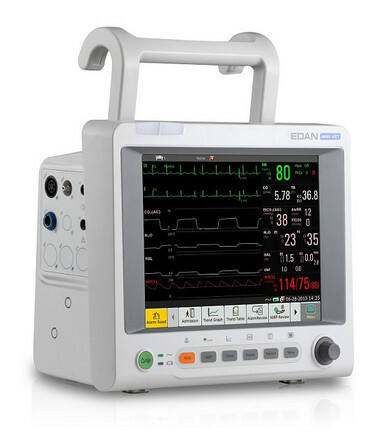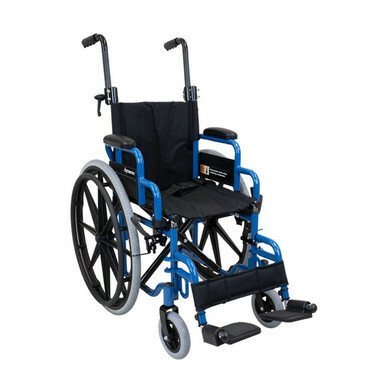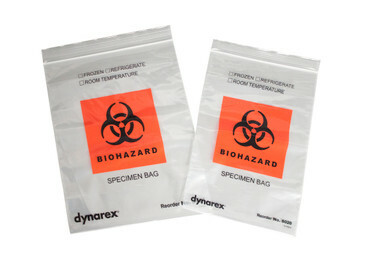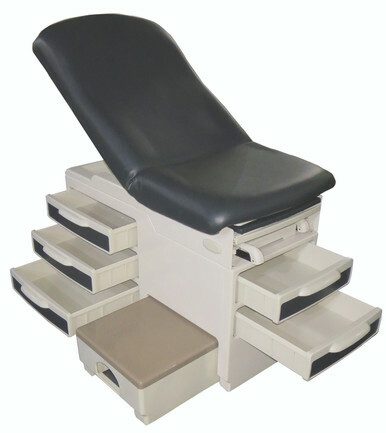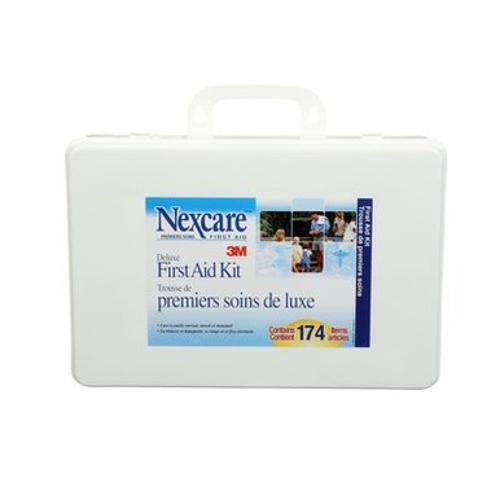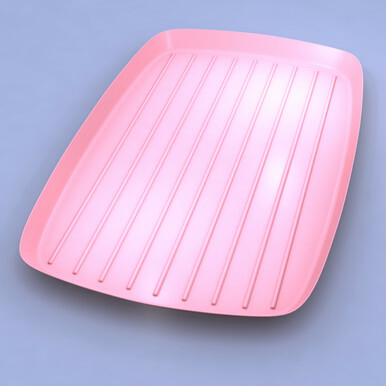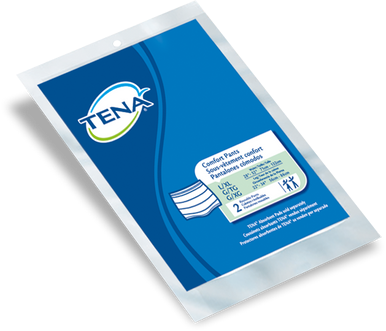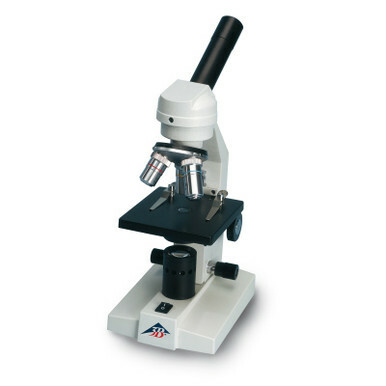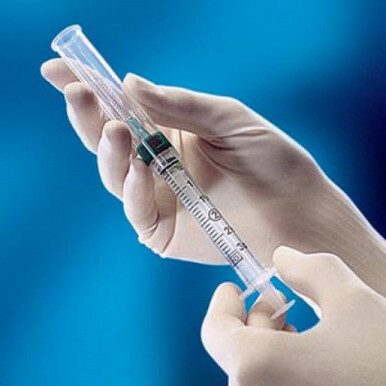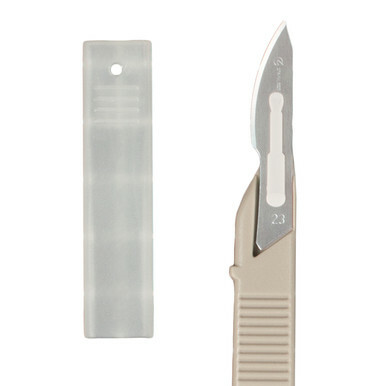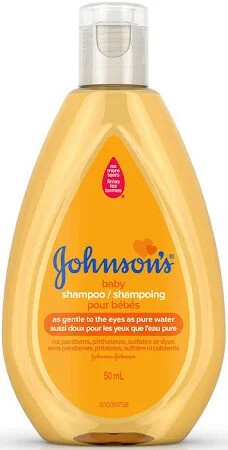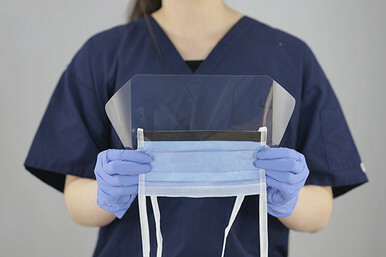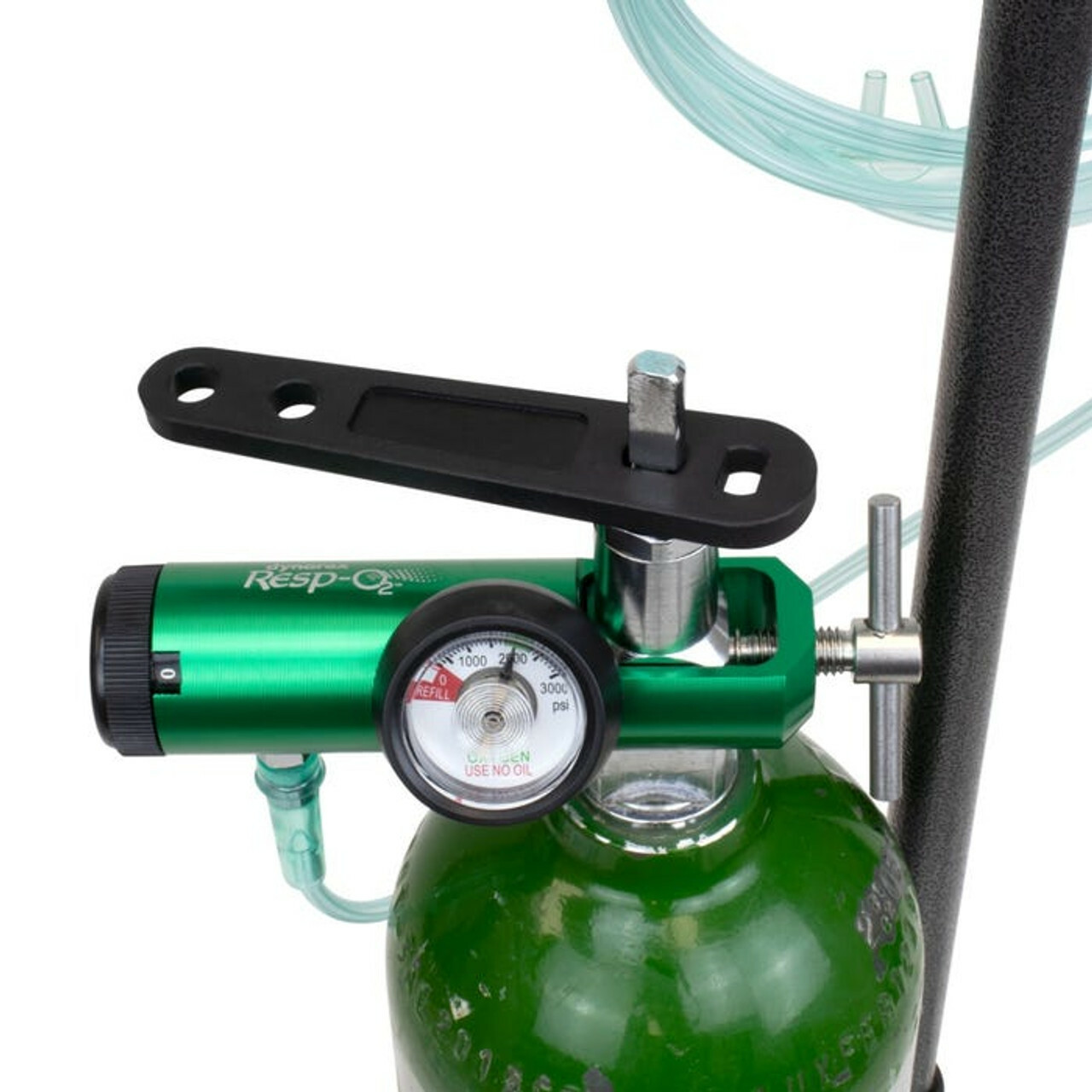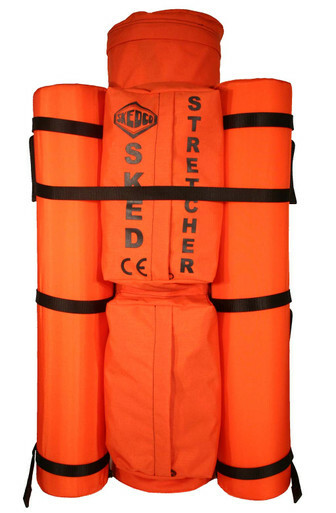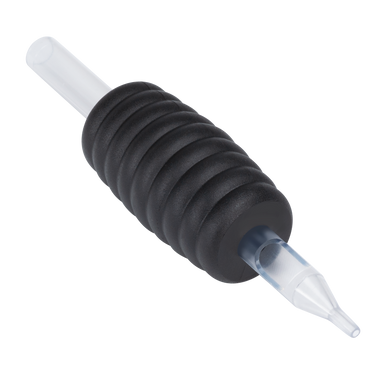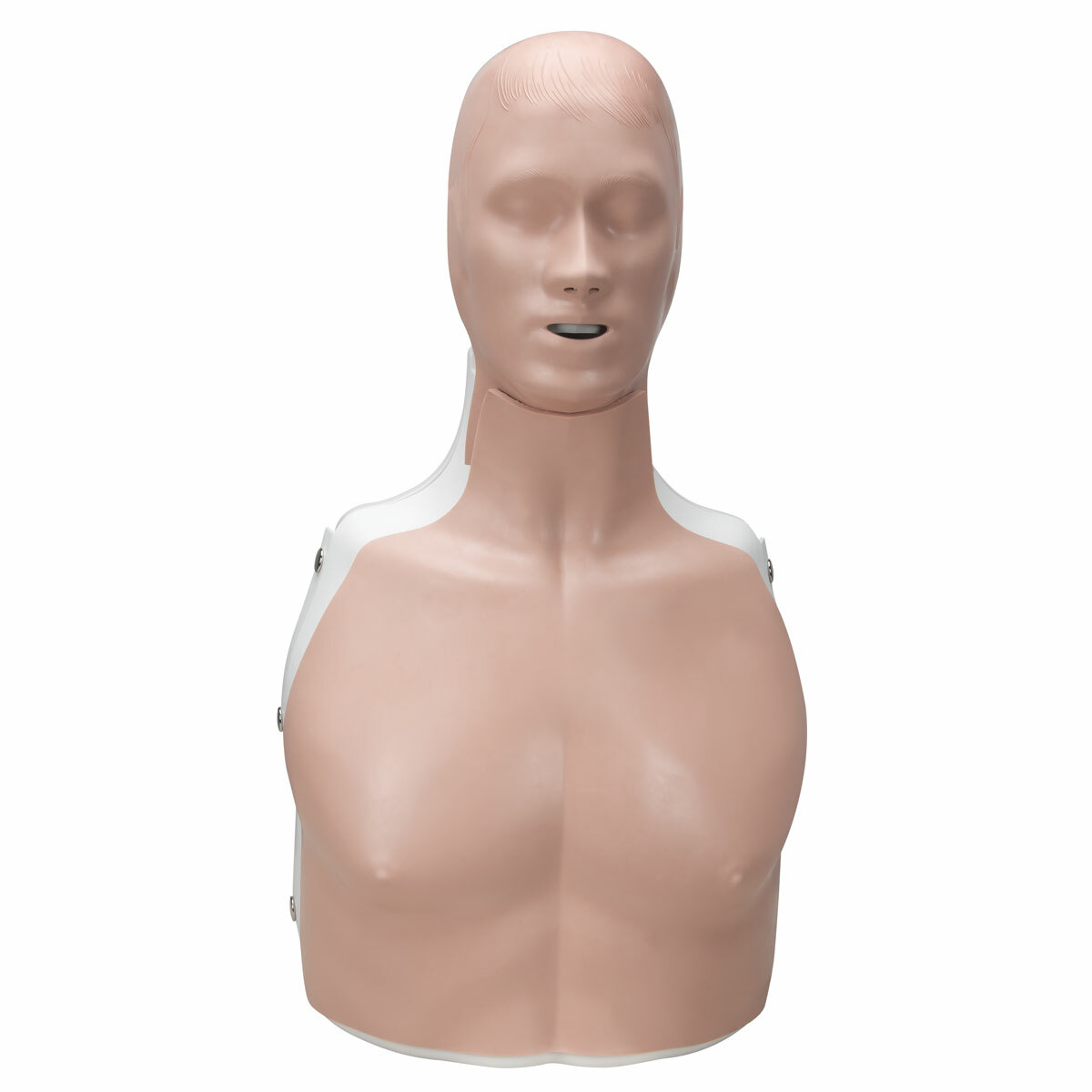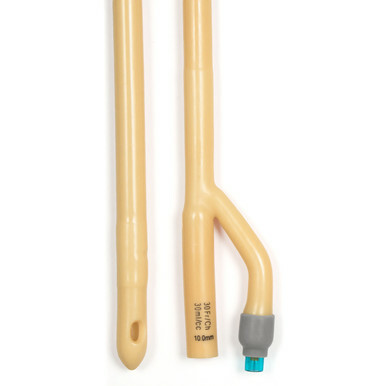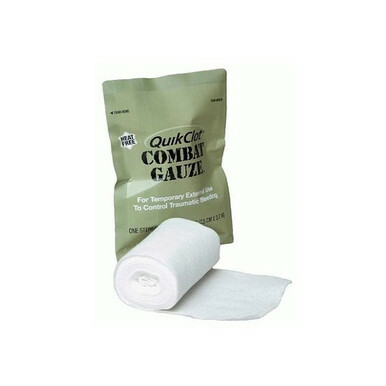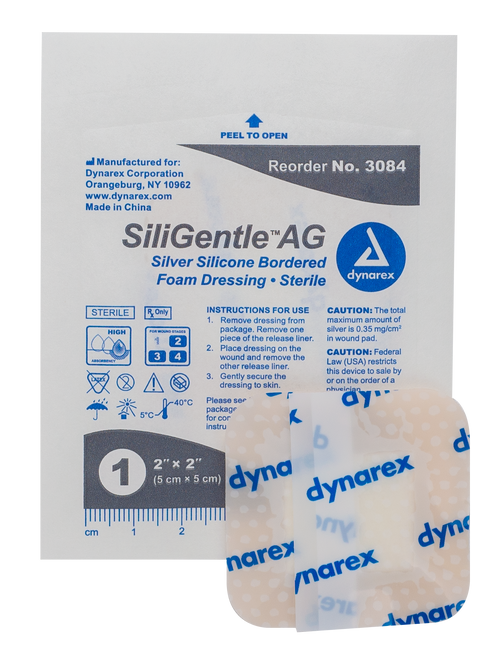Topical silicone empirically has been shown to have a positive impact on hypertrophic and keloid scars. 1 Mepiform® should optimally be worn 24 hours a day. It is recommended that Mepiform is removed once a day (e.g., when showering or bathing) for inspection and washing of the skin. For prophylactic treatment, Mepiform should be used for 2–6 months depending on the condition of the scar.
Benefits of Mepiform
- Conforms well to body contours
- No extra fixation is needed
- May be cut to size
- Thin, flexible and discreet
- May be worn in daily activities
- May be re-applied
- May be used for several days
Wear time
Mepiform should optimally be worn for 24 hours a day. Remove the dressing once per day for inspection and washing of the skin. The dressing can then be reapplied. Mepiform should under normal conditions be changed every 3 - 7 days or when the adherent properties of the dressing are no longer sufficient.
Areas of use
- Old and new hypertrophic and keloid scars
- Closed wounds which may prevent the formation of hypertrophic and keloid scars
The Mepiform Silicone Scar Dressing is a thin, discreet, and flexible self-adherent dressing designed to improve the appearance of old and new hypertrophic scars and keloids. Made with Safetac® soft silicone technology, it gently adheres to the skin without sticking to the wound, minimizing pain and trauma during dressing changes.
Mepiform is breathable and comfortable, making it suitable for continuous, long-term wear—even under clothing—without irritation. By creating an optimal healing environment and maintaining the right level of hydration, it helps flatten, soften, and fade scars over time.
Easy to cut to size and reusable, the Mepiform Silicone Scar Dressing is ideal for post-surgical scars, injury scars, burns, and other healed wounds requiring scar management.
'References'
- Carney S.A, Cason C.G, Gowar J.P. ˝Cira-Care gel sheeting in the management of hypertrophic scarring.˝ The British Library 1994



